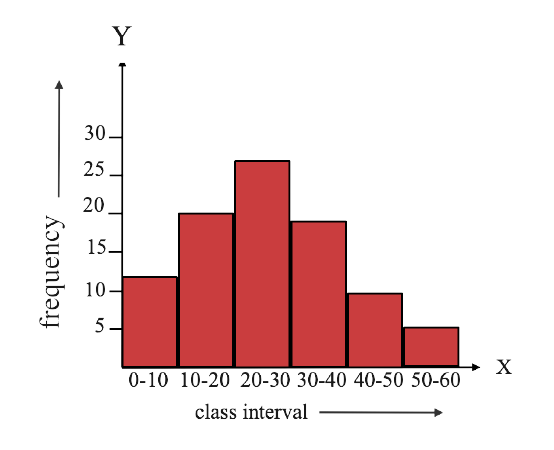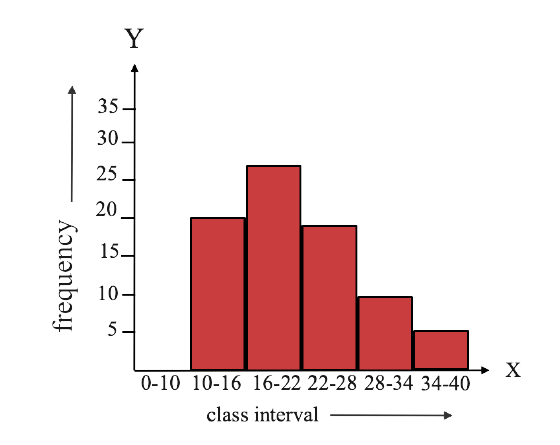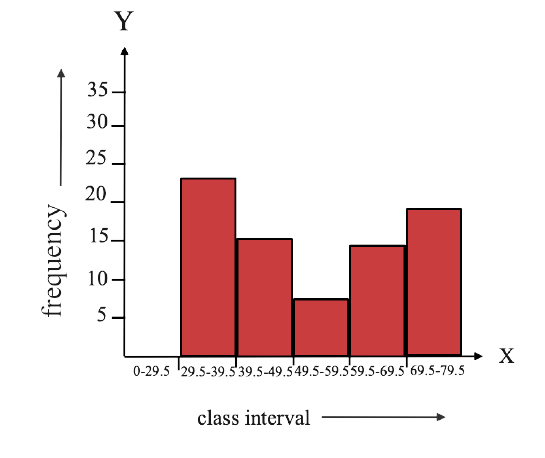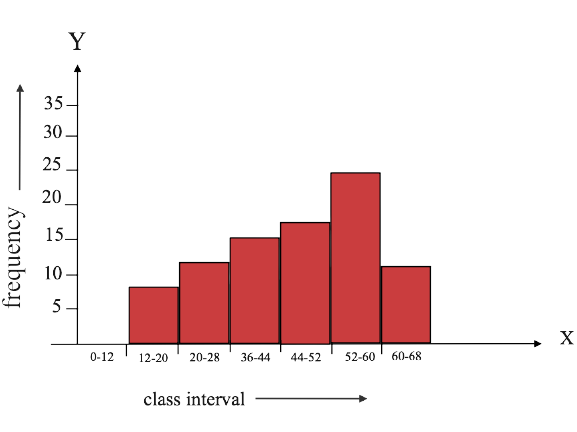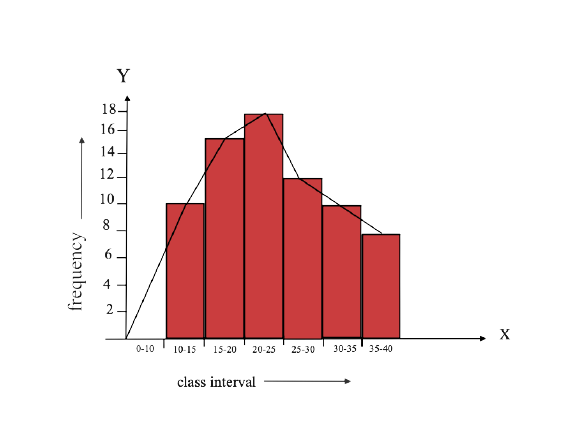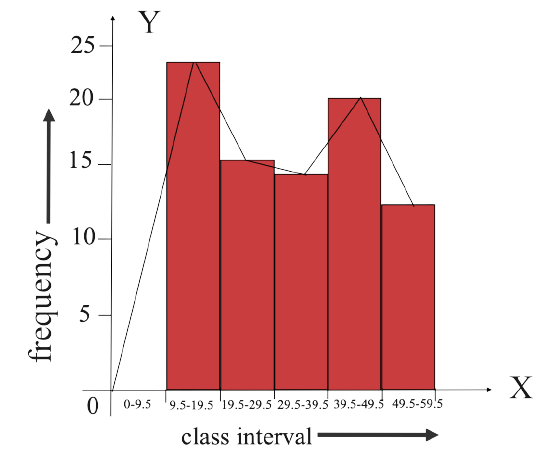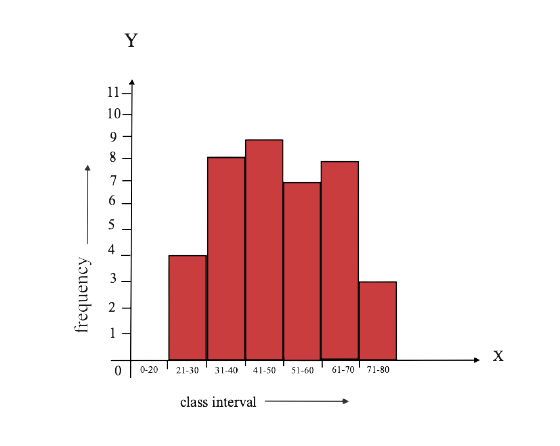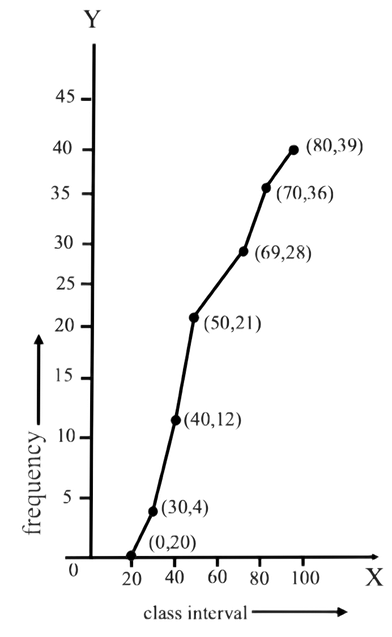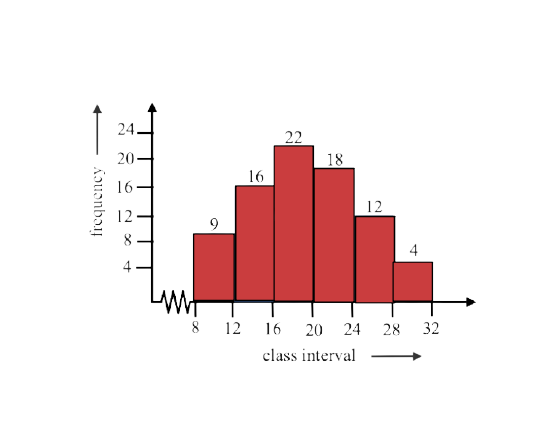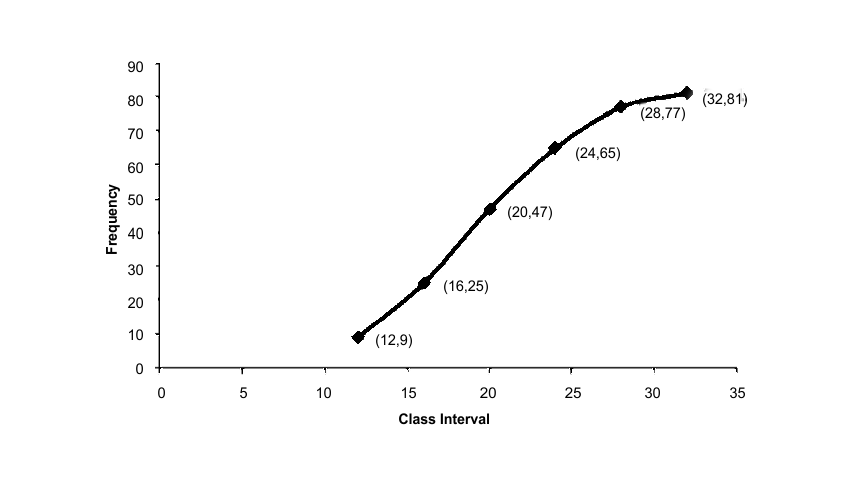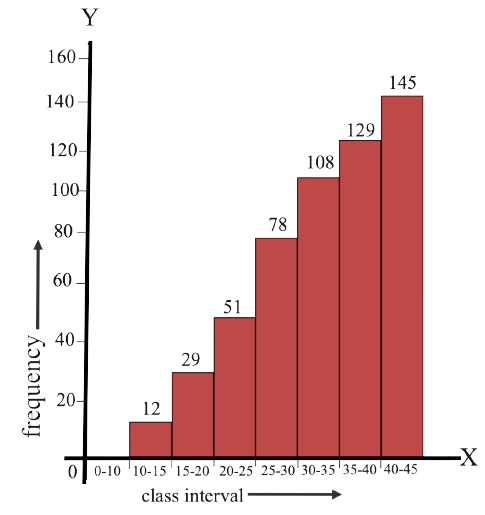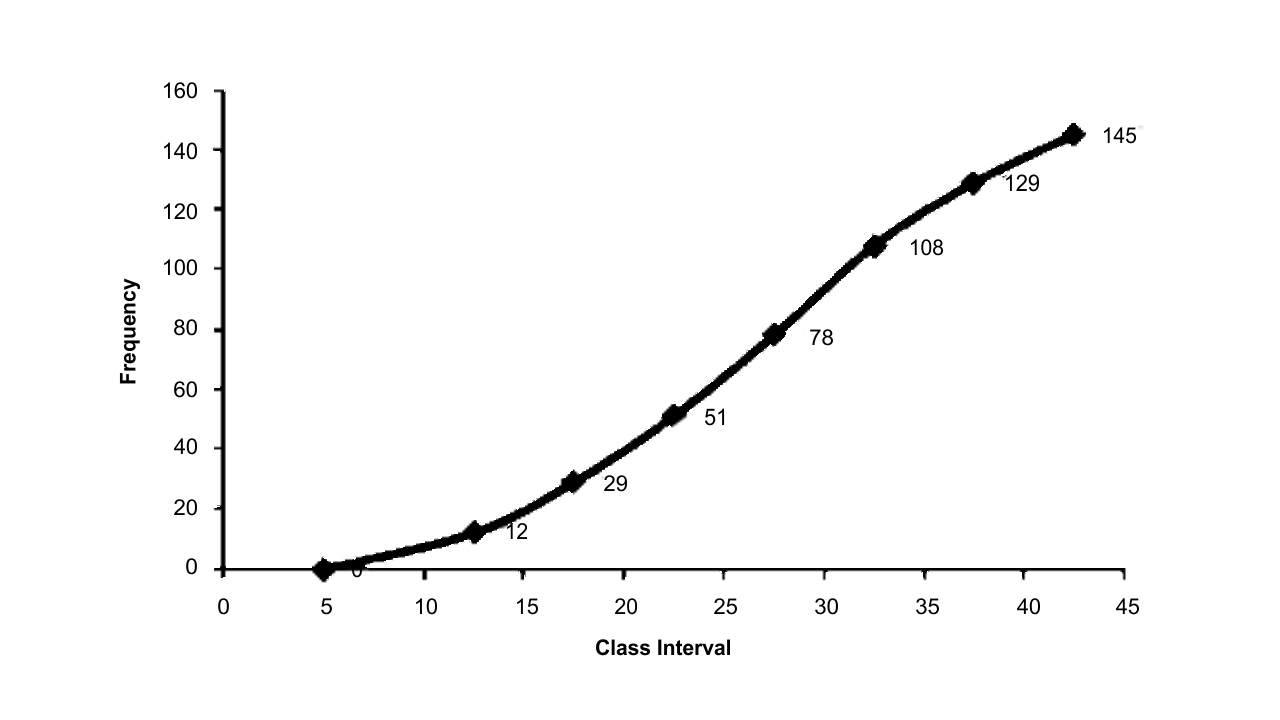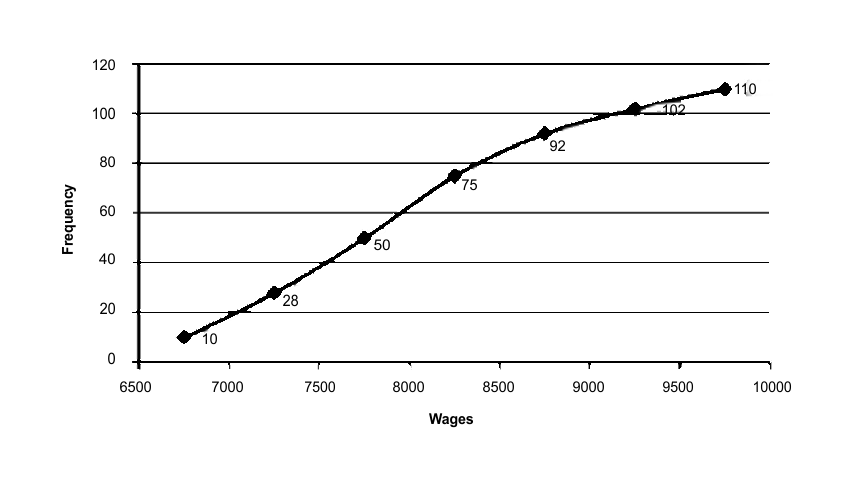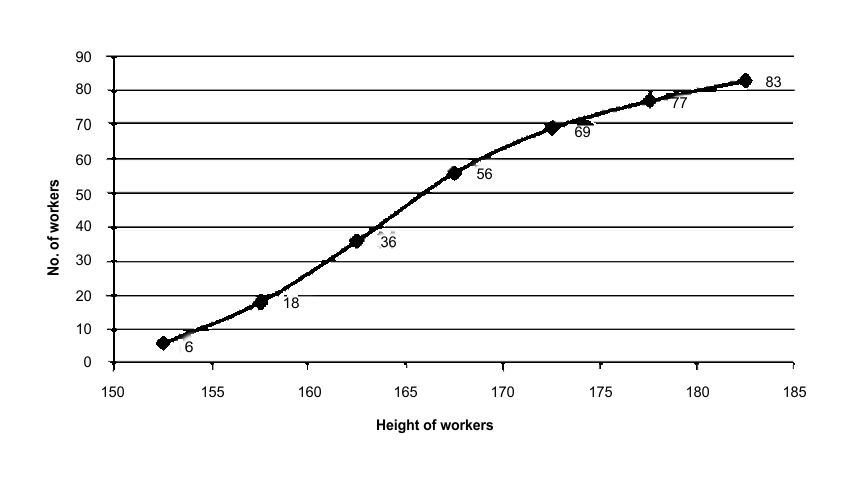ICSE Class 10 Mathematics Chapter 23 Selina Concise Solutions - Free PDF Download
FAQs on Concise Mathematics Class 10 ICSE Solutions for Chapter 23 - Graphical Representation (Histograms, Frequency Polygon and Ogives)
1. Why is it important to learn to interpret graphical representation in Class 10 ICSE board?
It is important to learn about this so that we could understand graphing which is a fundamental part of algebra and other maths courses that are yet to come. Also, interpreting graphs involves what the shape of a curve represents in a real-life situation. An understanding and interest in plotting points are important before you start your preparation for this subject. It also helps you get a strong base in algebra and other fundamental mathematics. There are different types of representation of graphs available.
2. How does Vedantu help in the preparation for the Class 10 mathematics with ICSE Class 10 Mathematics Chapter 23 Selina Concise Solutions - Free PDF Download?
The Vedantu website is considered to be one of the top sites which provides reliable materials for the students. From the updated syllabus which follows all the guidelines to the important questions that are set by the subject teachers to the mock test PDFs. all these materials are unique and are found useful for the students. They come with solutions in it, these solutions are explained in a step-by-step manner. Students can reach out if they have any doubt.
3. Is it necessary to read all the questions given in the ICSE Class 10 Mathematics Chapter 23 Selina Concise Solutions - Free PDF Download?
Yes, practice with the textbook is mandatory because it helps you understand the concept properly and in-depth so that it makes your fundamentals strong. The questions are from the beginners level to the tough level, you can get trained in facing every level of problems in the textbook. Once done with the textbook preparation, students can download the online materials and practise them. It gives an idea about a variety of problems. You can download the material for free on the Vedantu website.
4. How can I reach out if I have any doubt solutions for Chapter 23 Class 10 mathematics, ICSE board?
Students can reach out if there are any doubts. Students can reach out to the Vedantu website and post their doubts. Students can write their doubts on the Vedantu website and our team will work and sort the problem and will get back to you once the doubts are sorted. You will be acknowledged within 30 minutes of posting the doubt on the website. Or students can also get the doubts clarified by registering themselves to the online doubt clarification sessions that are handled by the Vedantu’s subject expert.
5. What is the best solution for NCERT Class 10 Chapter 23 ICSE syllabus?
The best textbook for the Class 10 mathematics Chapter 23 for the ICSE board will be Selina Concise solutions for the ICSE syllabus. This is because it follows all the guidelines set by the ICSE board and it contains the step-by-step solutions for every problem. This helps the students to understand every problem in a detailed manner. This also has solutions with explanations. This explanation will help students to understand the need for every step. Hence this textbook is recommended. This is available on the Vedantu website. Make use of it.

























